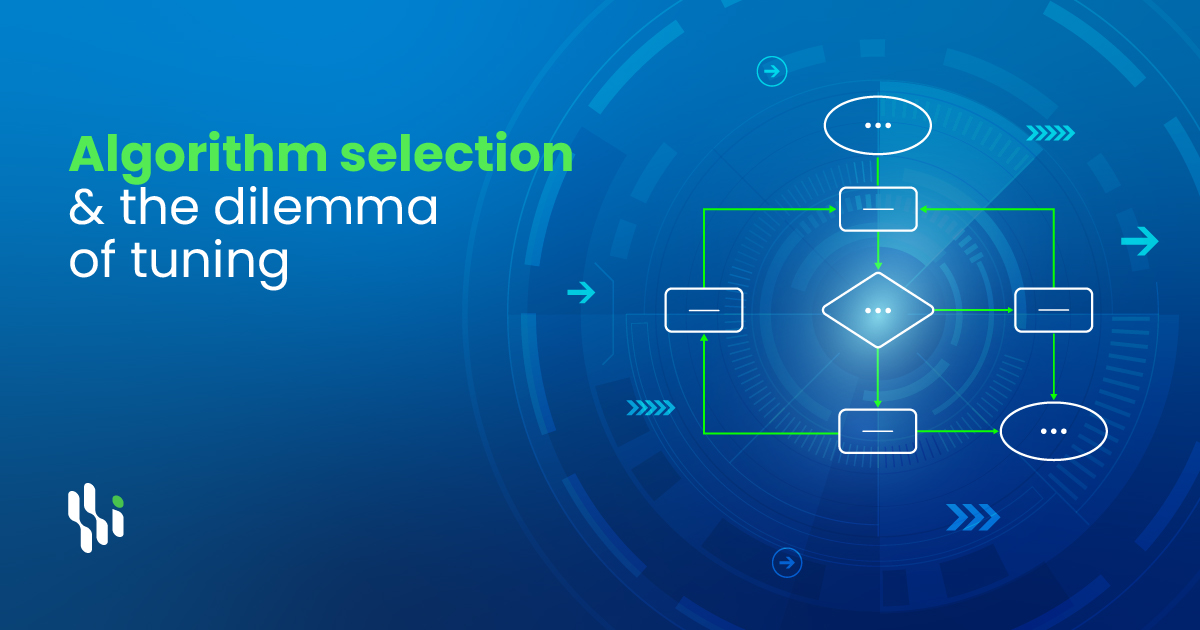

Businesses utilize transition point and anomaly detection algorithms to track user activity, service uptime, and performance. In large corporations, where thousands of users maintain track of millions of use cases and metrics, each of which has unique time series characteristics and abnormal patterns, many commercially available detection methods could be more workable despite their usefulness.
Careful consideration must be given when selecting an algorithm, and its parameters for each application since manual tuning does not scale. Automated tuning needs ground truth, which is only sometimes available. Here, we explore the possibility of employing MOSPAT, a completely automated machine learning-based approach for model and parameter selection, in conjunction with a generative model to produce labeled data.
The scalable end-to-end solution allows users across large organizations to tailor time-series monitoring to their specific use case and data characteristics without needing in-depth knowledge of anomaly detection methods or time-consuming manual tagging.
Extensive testing on real-world and synthetic data demonstrates this method’s superiority over using a single algorithm. The practice of applying machine learning through software to problems in the real world is known as automated machine learning (AutoML).
Data preparation, feature engineering, model selection, and parameter tweaking are typical Machine Learning (ML) processes. There are already enormous hurdles to using ML in the real world, and each step adds to them. AutoML approaches aim to automate parts of the ML process to make it more accessible to a broader audience, particularly to users who lack specialized knowledge.
Models require ongoing training and tuning for applications like defect identification, quality monitoring in industrial systems, and fraud detection in financial transactions. This occurs due to variables, including the introduction of new machinery and the shift in consumer tastes.
Hyperparameter Tuning
Machine learning models have a famously large and complex hyperparameter space. Random forest classifiers include several customizable variables, including the number of trees, tree depth, the number of features utilized in each tree, and the minimum number of samples used in each leaf node.
The effectiveness of a machine learning classifier relies heavily on the choice of hyperparameters. Tuning a model’s hyperparameters is a separate optimization cycle from training a machine learning model.
The enormous computational cost of training ML models, especially on big datasets, makes traditional grid search impractical. To determine the optimal settings for your model’s hyperparameters, you may conduct a straightforward training experiment with many values and choose the one that produces the best results. This is especially true for Auto ML pipelines, which automate the process of tuning and scaling ML model training.
Methods for Optimal Bayesian Decision Making
Bayesian optimization has gained popularity as a technique for hyperparameter optimization because it has the potential to find the best parameters with fewer trials than a grid or random search. Bayesian optimization is a powerful method for addressing black-box optimization problems when the number of parameters is fewer than 100 and a single evaluation of the optimization aim is too costly. When adjusting hyperparameters, Bayesian optimization is a great fit, and vice versa.

